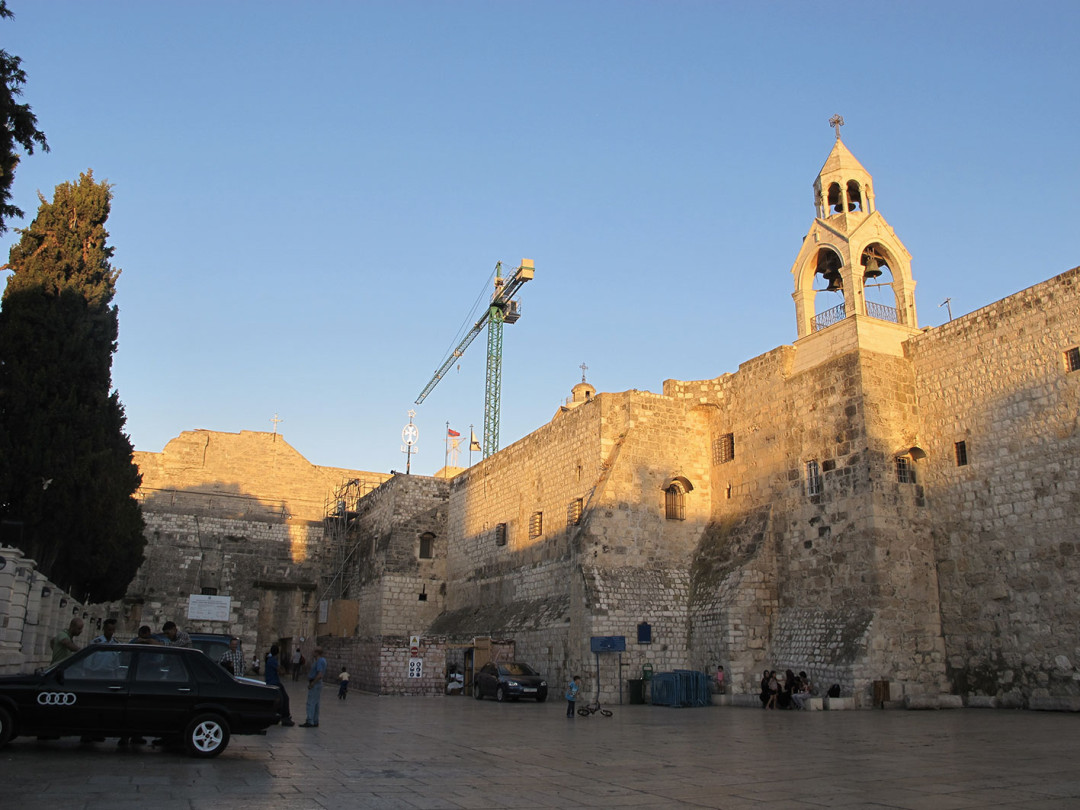When Pope Francis visits Bethlehem in May he will see scaffolding covering the roof of the Church of the Nativity. It may be an eyesore, but it symbolizes a rare show of unity among rival Christian faiths that are working together to restore the ancient basilica.
Built in the fourth century by the Roman Emperor Constantine and restored by Justinian after a fire in the sixth century, the shrine over the cave where Jesus is believed to have been born is undergoing a major renovation.
The project, which will see the entire church restored, began last September and is expected to cost 15 million euros (US$20 million).
Following a historic agreement between the Palestinian Authority and the three churches that administer the site in an uneasy partnership, repairing the roof was designated as a priority.
Its rotting rafters, each weighing 20 tons, have not been repaired for the past 200 years.
That task, at a cost of 1.9 million euros, was entrusted to a family firm in Italy that specializes in the preservation of ancient structures.
Marcello Piacenti, leader of the Italian-Palestinian renovation team, said that, damaged by fungus and damp, the wood fractures easily in places.
“The project is about preserving what can be preserved in the best way possible, such as the beam of the central nave,” he says.
“We will reuse the roof timber; 80 to 90 percent of the roof will be preserved.”
The rest of the wood — a matched supply of 300- to 400-year-old wood of the same color and density as the existing beams — arrived from Italy last month.
The oldest beams date to 1470 when the Franciscans, the Roman Catholic Church’s guardians of holy places, brought from Venice a shipment of larch, a weather-resistant resinous wood.
Some 400 years later, the Greek Orthodox Church refurbished most of the roofing with Anatolian oak, similar to Lebanese cedar, another species native to the region that was used prior to 1300.
Read the complete article on chinapost.com.tw

